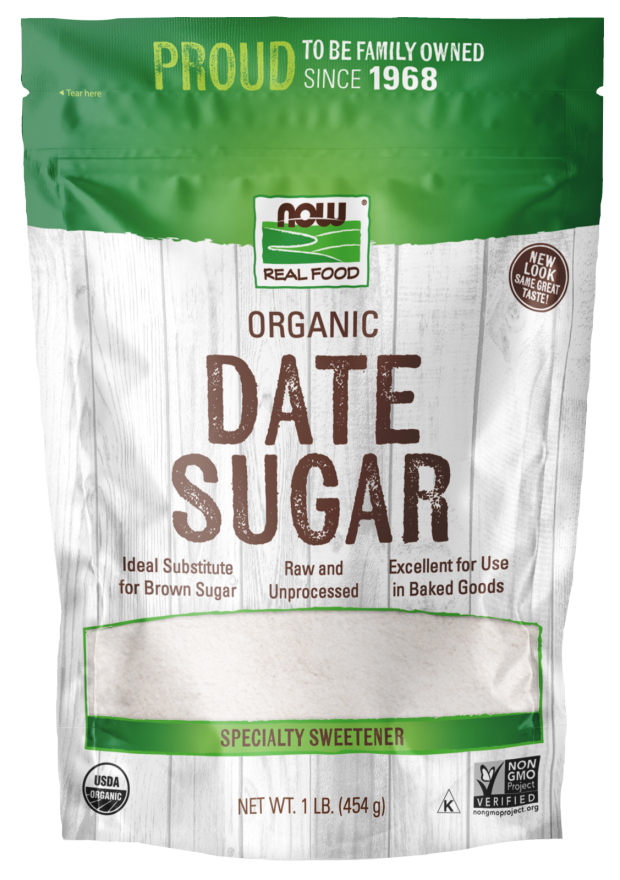Let’s talk about sugar. I have a teacher who says she’d like a t-shirt made that says “The devil looks like white powder.”
True enough.
Many times though, we don’t realize how many other names and forms sugar has. In the ’70s, a low-fat revolution was born. Out of this fad, came the ever-popular, cheap-to-produce, high fructose corn syrup. This replaced more expensive cane sugar in packaged foods and was used to replace the taste lost when removing the fat from foods.
Our rate of consumption of sugar (especially HFCS), in North America, is pathological.
We’re raising a generation of people who will have a shorter lifespan than their parents (for the first time in history) It’s estimated that by the year 2019, HALF of the Canadian adult population will be obese. Childhood obesity is skyrocketing and we’re seeing obesity in infants!! The average daily consumption of sugar, per capita, in Canada, is 26 teaspoons daily. Read that sentence again. As I’ve said before, sugar feeds bad bacteria in our bodies. Whether you’re fighting the common cold or cancer, the disease will feed and grow on sugar. Many 21st-century diseases can be directly linked to our high sugar consumption in North America. Diseases such as arthritis (or any itis disease) Alzheimer’s, diabetes, cardiovascular disease, and of course obesity.
To figure out the amount of sugar in a packaged food, 4g sugar = 1 tsp.
If you’re having something that has 12g of sugar, you’re eating 3 tsp of sugar!
Companies have been working very hard since the 50’s to come up with a substitute for sugar. Some chemical substitutes that have been introduced (and I strongly suggest COMPLETELY eliminating them from your life) are aspartame – saccharine – cyclamates (sugar twin and sweet & low) and sucralose.
Enter natural sugar alternatives
Which, by the way, I’m not endorsing at all. Just informing you of your options. Along the way, I’ll tell you which one I would choose if I were to use one. Most times in recipes, however, I use pureed dates, bananas, and maple syrup- or I eliminate the sugar entirely.
So…. let’s talk about Stevia, the most popular of the natural sugar substitutes. Stevia rebaudianaan is an herb that is native to South America and has been used there for centuries. To simply explain how it is produced here, I can tell you that stevia is derived from the stevia plant leaves. Stevia extract can be up to 300x sweeter than sugar, it has no caloric value and is a 0 on the GI scale. In its raw, natural state, the stevia plant contains 100 phytonutrients. NOW brand makes several varieties of Stevia and is available at your local Health Food Store. The NOW brand boasts no bitter aftertaste, non-GMO, gluten-free, low carb, calorie-free, low GI, sustainably grown, and certified organic varieties.
Another category of sugar substitutes are sugar alcohols.
These are naturally occurring and are derived from sugar. These are low on the GI, low in calories, and support teeth and gum health as they are antibacterial. You can use sugar alcohols in baking and cooking at a 1:1 measurement. They measure and bake like sugar, and tolerate heat well. Your choices in sugar alcohols are Xylitol and Erythritol.
Some other natural sweeteners that can be found on the shelves of your local Health Food Store are date sugars (made from raw and unprocessed dates), sucanat cane sugar (made from pure, dried, cane sugar syrup), lactose (milk sugar derived from whey), dextrose, or fructose.
Depending on what you’re using the substitutes for, you now have many choices in NATURAL sugar substitutes, without resorting to chemical formulas that our bodies do not recognize or metabolize well. The internet is flooded with stories of the ill effects of artificial sweeteners on our joints, brains, embryos, etc. so I won’t go into detail here. That’s a story for another day. Oh … and what would I choose? I think I’d go with the date sugar. In fact, I’m going to pick up a bag to try it out. I’ll keep you posted!

